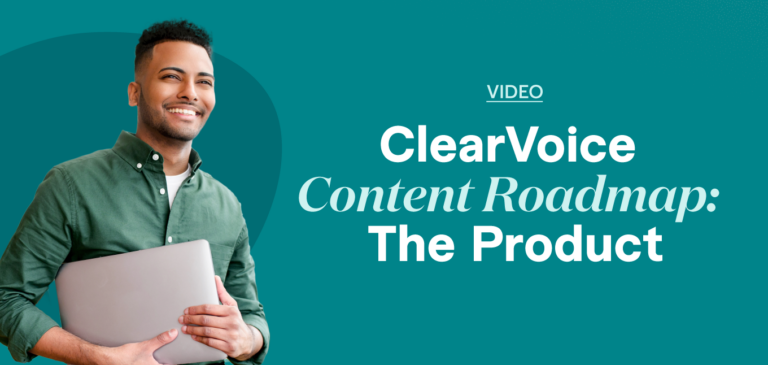Start streaming Netflix, and you’ll see a list of recommended films and TV series based on the types of movies and shows you’ve watched in the past. You’ll even see an estimate of how closely these shows line up with the content you’ve watched in the past (i.e., “97% match”).
What you’re experiencing is a branding and marketing strategy called content personalization. And it’s being used everywhere from streaming services to marketing emails to improve the customer experience, driving conversions, and building brand loyalty.
By examining your customer’s demographic, socioeconomic, and behavioral data, your marketing team can tailor content to speak to a customer’s specific needs and desires. This, in turn, increases sales and gives you a significant advantage over competitors that rely only on generic messaging.
Let’s take a closer look at the different types of content personalization you can use. We’ll then go into how you can develop a personalized content strategy, leverage data to build dynamic content, and measure the effectiveness of your content for optimal results.

Understanding Content Personalization
With all the content your customers consume every day, the opportunities for creating personalized content are everywhere. Here are some examples:
- Personalized emails use automation to refer to customers by name, remind them of cart abandonment, and reference recent purchases to encourage further buying.
- Personalized webpages can make purchasing recommendations based on a user’s buying history and offer updates on reward points.
- Interactive content helps gather data on a customer’s preferences. For instance, the e-commerce website Care/of invites visitors to take a quiz that collects their name, contact information, and knowledge of vitamins and supplements. Based on this information, Care/of offers personalized recommendations. Even if visitors don’t buy anything, they still provide Care/of with useful information for their personalized content campaigns.
- GPS-based apps can offer suggestions for shops, restaurants, gas stations, etc., based on the user’s current location.
All this personalized content makes customers feel your brand understands them and creates multiple ways to interact with or buy from your company. This is important since, according to recent statistics provided by Exploding Topics:
- 60 percent of consumers report becoming regular customers after having a personalized shopping experience
- 89 percent of marketers that use personalized campaigns see a positive ROI
- 74 percent of e-commerce companies use a personalization program for their websites
Using personalized content improves your marketing strategy and helps you stay competitive by providing customers with a smoother buyer’s journey. Let’s examine how to use personalized content in your marketing.
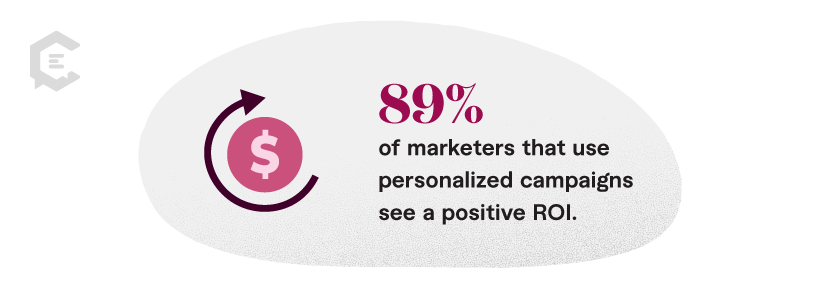
Developing a Personalized Content Strategy
To create an effective personalized content strategy, you need to identify your target audience(s) and understand their preferences. Start by collecting data on your current and prospective customers. This can be done by sending clients post-purchase surveys, asking visitors to fill out lead forms, or using an analytics service like Google Analytics 4 to find information about visitors to your website.
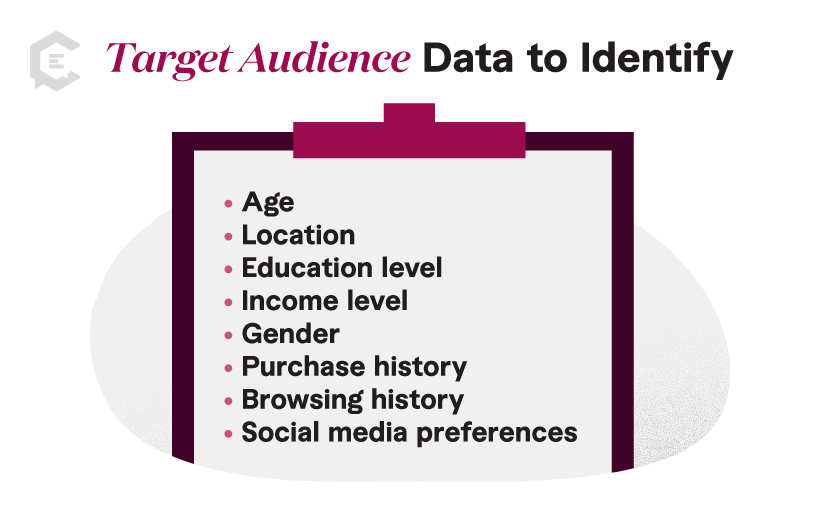
Target audience data to identify includes:
- Age
- Location
- Education level
- Income level
- Gender
- Purchase history
- Browsing history
- Social media preferences
Now, create buyer personas based on this data on your target audiences. This will help determine how to craft your content.
For instance, if you discover many of your ideal customers are based in New York and frequent Instagram, you could create Instagram marketing posts that cater to New York interests and values as they relate to your products and services.
It’s also important to map your personalized content to whatever stage of the marketing funnel your customer is in.
Let’s say you run a fitness center and are targeting potential clients in the consideration stage of their buyer’s journey. You might send personalized emails offering the pros and cons of getting a gym membership or hiring a personal trainer to show how your business can solve their pain points.
And if you want to elevate your buyer persona game, check out our guide on advanced segmentation.
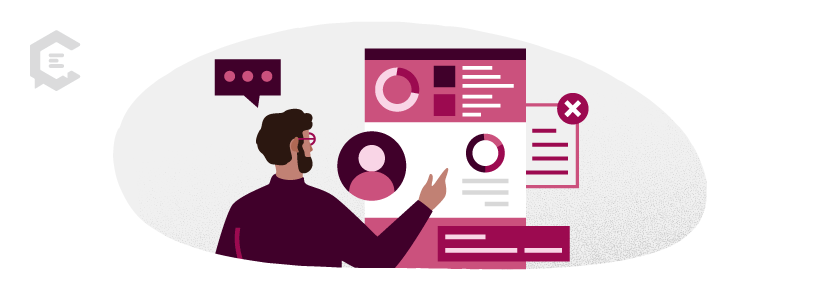
Implementing Content Personalization Tactics
To create personalized content that resonates with your target audience, you need to offer content that not only considers what they’re looking for but also what they’re not looking for. This is particularly relevant for companies that service large populations but still need to appeal to select segments.
For instance, Nordstrom’s website can access a user’s location and show prices in local currencies, saving non-US customers the trouble of looking up exchange rates when shopping for clothes. By considering the currency their customers are familiar with, Nordstrom makes it easier for European visitors to shop online.
Likewise, you can track a user’s interaction history with your website to offer recommendations. Amazon and many other companies do this with their “More items to consider” and “Customers who bought this item also bought” sections, helping visitors narrow their product selections and even directing them to appealing items they hadn’t considered.
Similar tactics can be used in your personalized emails. For example, email marketing software can remind customers about an abandoned cart to help complete a sale or offer accessory recommendations. Other personalized emails might offer birthday greetings or anniversary reminders, complete with a promo offer to encourage shopping.
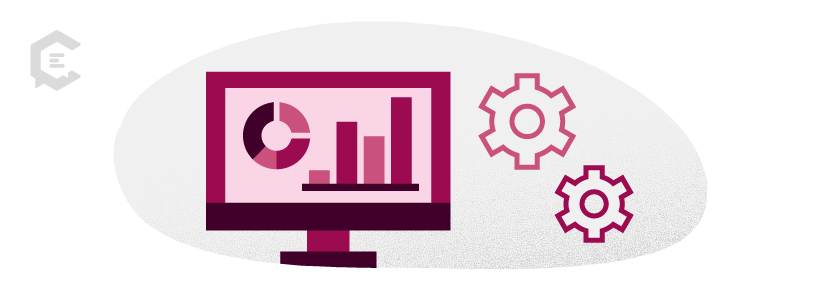
Leveraging Data and Technology
If collecting and analyzing customer data and browsing history sounds complicated, don’t worry. Customer analytics platforms provide you with AI and machine learning tools that automate the process of data collection and organization.
Depending on the tools you use, your analytics software can show what content your users interact with the most, where users drop off in their customer journey, and other customer behaviors. AI can also create data visualizations, making generating actionable insights from the information easier and sharing them with your marketing team.
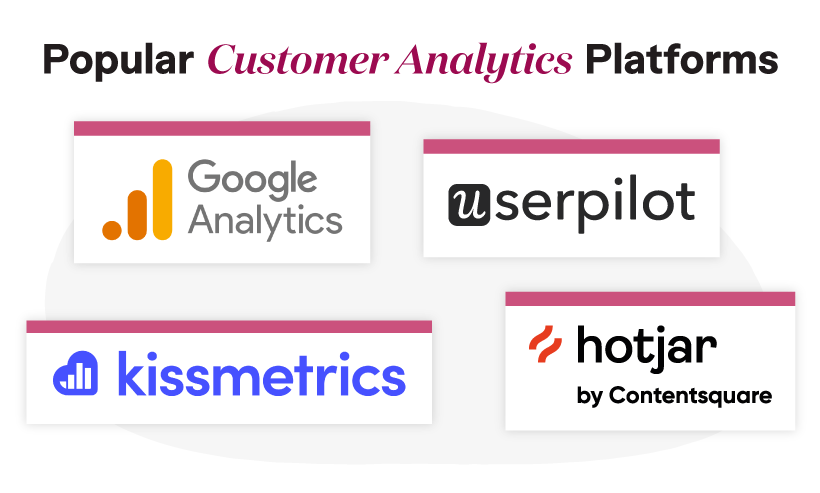
Some popular customer analytics platforms include:
AI and machine learning can also help create personalized content. For instance, AI-powered chatbots can now interact with users on your website, collect data on their needs, and offer personalized recommendations on how your products or services can benefit them. Leveraging customer insights for personalized content is one of the most effective content personalization strategies you can use.
As AI tools become more sophisticated, the ability to craft hyper-personalized content for each customer becomes more possible. Where personalized content was once designed to appeal to key demographics, AI-powered algorithms can now analyze an individual’s browsing and buying history and generate highly specific lists of the programs, products, and accessories that customers are most likely to consume, increasing the likelihood of future sales.
Modern marketing strategies may use AI to bring content personalization closer to real-time. For instance, an article in Forbes indicates that content providers may utilize facial recognition software to help read user emotions and make product or content recommendations based on how a customer feels at that moment.
While some consumers have expressed trepidation about AI’s role in predicting customer behavior, as customers come to expect personalized experiences in their buyer’s journey, business leaders have come to see this fast-paced approach to personalized content as inevitable. According to Ted Levine, Executive Vice President at IT service management company Capgemini Americas:
“Business and technology are now forever linked, and road maps need to reflect that shift and respond accordingly. In today’s rapidly changing [consumer product], retail and hospitality landscape, companies need to react quickly to establish relevancy and inspire loyalty.”
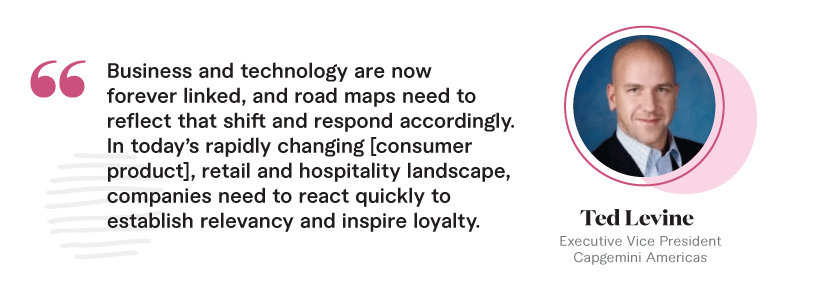
Measuring and Optimizing Personalized Content
How do you know if your personalized content campaigns are working? Some of the most important key performance indicators (KPIs) you need to keep your eye on include the following:
- Conversion rate: How many of your visitors are taking a desired action after interacting with your content (like making a purchase, signing up for a webinar, or subscribing to your newsletter?)
- Revenue per visitor (RPV): How much revenue is each visitor to your website generating for your business? This figure indicates how effective your content’s product recommendations and personalized offers really are.
- Bounce rate: How many visitors leave your website after viewing one page and not taking any action? High bounce rates may indicate that your content is not engaging or relevant to your customers.
- Time on site: How many minutes are your visitors spending on your site? Longer times indicate higher engagement, while short amounts of time could indicate a lack of interest.
To build more effective personalized content, use A/B testing and experimentation. This is when you create two different versions of content (like a webpage, blog post, or email) and compare them against each other based on how users interact with them. Use the KPIs listed above to measure which content version produced the most optimal results, and use what you discovered to shape future content.

Importance of Content Personalization
Treating customers like people and not numbers has always been the best way to establish mutually beneficial relationships with your clients. Providing them with personalized content offers multiple opportunities to build trust with your brand, which leads to greater revenue and a clearer understanding of customers’ needs.
This is aided by advances in customer analytics software, which allows for creating more accurate buyer personas. AI and machine learning tools can sift through vast amounts of customer data. Then, they can uncover patterns of behavior that suggest the type of personalized content consumers appreciate. As these increasingly convenient customer journeys become more common, consumers will expect such personalized interactions in their everyday lives.
Such advances and content providers’ willingness to use them in marketing indicate a growing intensity in creating more hyper-personalized shopper experiences. Brands that learn how to leverage data and technology and create better content personalization strategies will gain a competitive advantage (including SEO content personalization).
If you’d like help creating dynamic content personalized for your target audience, partnering with a content marketing agency like ClearVoice can help. Our content strategists and writers can produce the content you need that appeals to your ideal consumers. Connect with a content specialist and see how we can build more personal content for you.

